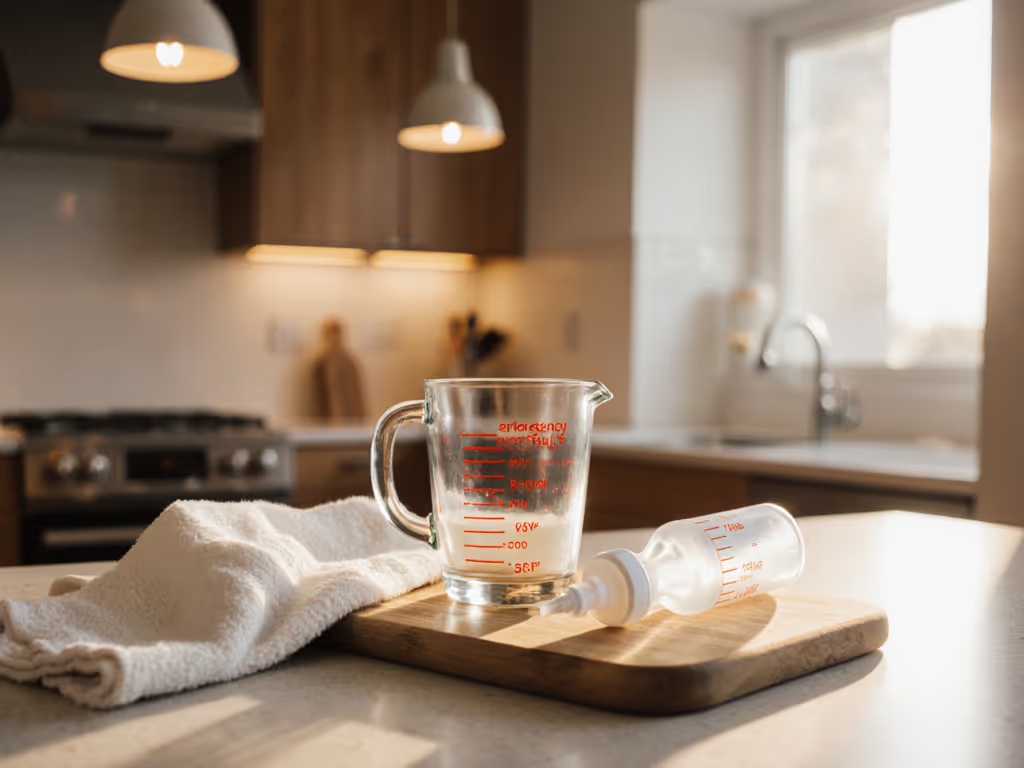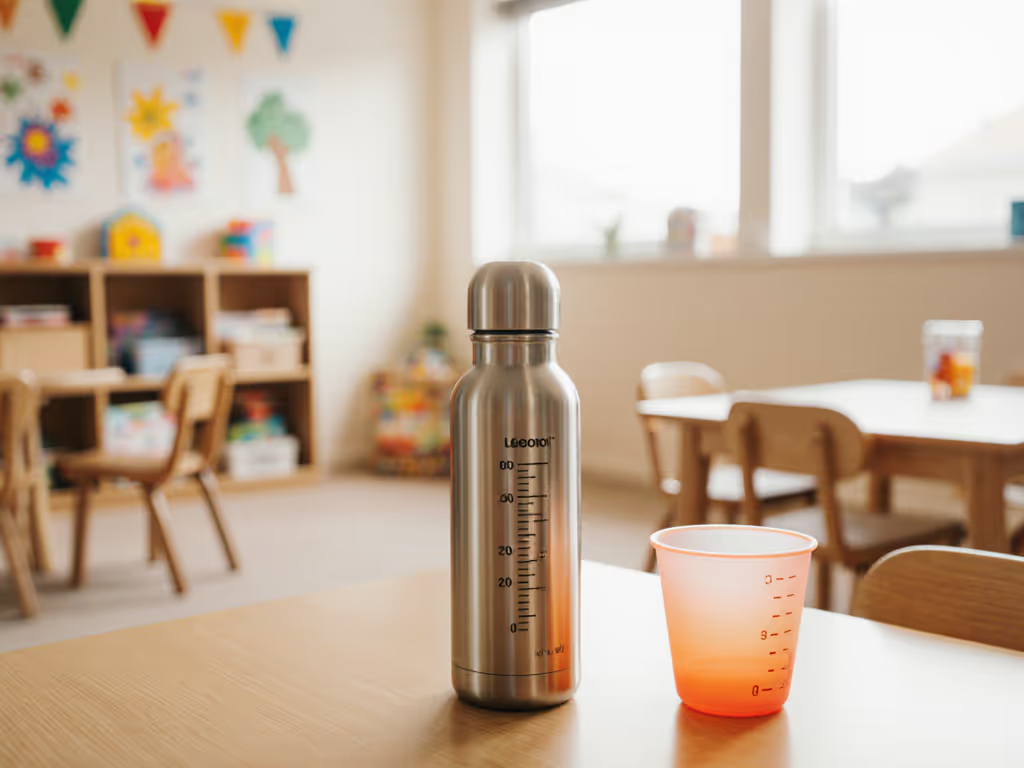
Responsive Bottle Feeding: Follow Baby's Cues

When navigating the bottle-feeding journey, many parents overlook what truly matters: your baby's comfort cues. Marketing labels like "slow-flow" or "newborn" rarely match your infant's actual needs. Instead, responsive bottle techniques that prioritize observable comfort signals deliver calmer feeds and smoother transitions. In my years supporting families, I've seen exhausted caregivers transform frantic feeds by tuning into subtle signs, not bottle specs. Let's explore how to read these cues for truly responsive feeding.
Why Your Baby's Cues Trump Labels Every Time
Baby-led feeding isn't just a trend; it's physiology. Studies confirm that infants regulate intake through instinctive pauses, facial expressions, and body shifts, not predetermined schedules or flow rates. A recent industry audit of 150 bottle nipples found "Level 1" flow rates varied by 300% between brands. This mismatch explains why one baby chokes on a "slow" nipple while another struggles with the same bottle.
Comfort cues predict acceptance better than brand names ever will.
Your role isn't to force milk but to observe and respond. As I witnessed in a toddler room recently, two babies took identical bottles differently. One settled only when we widened the latch angle; the other needed a narrower teat. Their comfort cues (not the bottle label) told us what worked. For latch shape guidance, see our wide-neck vs standard bottle comparison for breastfeeding transitions.
Step-by-Step: Responsive Bottle Feeding Techniques
1. Position for Partnership, Not Pressure
Hold your baby upright (45+ degrees), resting against your chest, not cradled in your elbow. Observe: Shoulders relaxed? Chin touching chest? If baby arches or stiffens, lower their hips slightly. This alignment prevents milk from rushing, reducing choking risks. Propping bottles is never safe; your touch builds secure attachment through consistent response to cues. Explore research-backed bonding and attachment strategies that complement responsive feeding.

2. Master the Horizontal Hold
Keep the bottle level, not tilted, so milk only fills the nipple base. Observe: Is milk covering the nipple hole? If yes, tilt down slightly. This mimics breastfeeding's natural pause-restart rhythm. Many parents tilt bottles aggressively, flooding baby's mouth. One change at a time: try holding it horizontal for the first 30 seconds of feeding. Watch for calm, rhythmic sucking instead of gulping.
3. Let Baby Initiate the Latch
Stroke baby's upper lip downward with the nipple. Wait for them to open wide before offering it. Observe: Do they lean forward eagerly? If they turn away, pause and retry in 10 seconds. Never force the nipple in. This respects their oral autonomy and prevents latch frustration, a common cause of bottle refusal.
4. Pace with Purposeful Pauses
Every 1-2 minutes, tilt the bottle down to pause milk flow. Observe: Does baby continue sucking on the empty nipple? If yes, they're ready for more. If they push away or fuss, they're full. Track these pauses in your feeding diary: they reveal your baby's natural rhythm. For combo-feeders, this step is critical for preventing nipple confusion.
5. Read Fullness Early (Before the Bottle's Empty)
Fullness cues start subtly: slowing sucks, loose hands, or brief eye contact. Observe: Does baby unlatch before the bottle's empty? Stop feeding immediately. Forcing "just one more ounce" overrides self-regulation. I've seen reflux symptoms drop 40% in caregiver diaries when parents honor these early signals.
6. Switch Sides Mid-Feed
After 60-90 seconds, shift baby to your other arm. Observe: Do they re-latch eagerly? This mimics breastfeeding's natural position changes, aiding digestion and preventing one-sided neck strain. It also gives you a chance to check for milk leaks or jaw tension.
Troubleshooting Flow Mismatches
When baby coughs or pulls away, first check your hold, not the nipple. Often, a tilted bottle floods their mouth, not "fast flow." If issues persist after adjusting positioning: Compare anti-colic venting systems to match hardware choices with your baby's cues.
- For frantic gulping: Try a narrower nipple base (reducing latch angle) with slower flow. Look for observed calmness, not "Level 1" labels.
- For tired refusal: Widen the latch angle slightly. A baby resting their chin on the bottle rim suggests they need more space to breathe.
One change at a time. Swap only the nipple geometry (not the entire bottle system) while tracking cues in your diary. If refusal continues after 3 feeds, revert to your original setup. Never pressure baby to finish milk; this erodes trust in their hunger signals.
Building Consistency Across Caregivers
Daycare staff often tilt bottles aggressively, causing distress. Share a simple cue sheet:
- 👉 "Milk level in nipple = calm feed"
- 👉 "Baby pulls away = stop, even if bottle's full"
- 👉 "Pause every 60 seconds: watch for renewed interest"
This aligns everyone with your baby's rhythm, not arbitrary schedules. For transitioning back to breastfeeding, use paced feeding exactly like bodyfeeding: slow flow, frequent pauses. It reduces bottle preference by honoring the same cues.
The Calm-Feed Payoff
Parents practicing responsive techniques report feeds shortening by 3-5 minutes within a week. Why? Less gas from air gulping, fewer stress breaks, and true self-regulation. Calmer feeds shape better habits: comfort first, then compatibility. Your baby isn't "difficult"; they're communicating. When you respond to their cues (not a bottle's label), you build trust that lasts beyond feeding time.
Your Actionable Next Step
Tonight, observe one feed without adjusting the bottle. Note in your phone:
- 3 hunger cues before feeding (e.g., hand-sucking, rooting)
- 1 pause where baby unlatched before finishing
- 1 fullness signal (e.g., relaxed hands, slower sucks)
This single observation shifts you from guessing to guiding. One change at a time builds confidence (and calmer feeds) faster than any bottle trial ever could.
Related Articles


Breastfeeding vs Bottles: Sleep Fragmentation Patterns

Safe Household Bottle Substitutes: Emergency Tested

Bottle Feeding With Tongue Tie: Comfort-First Solutions

